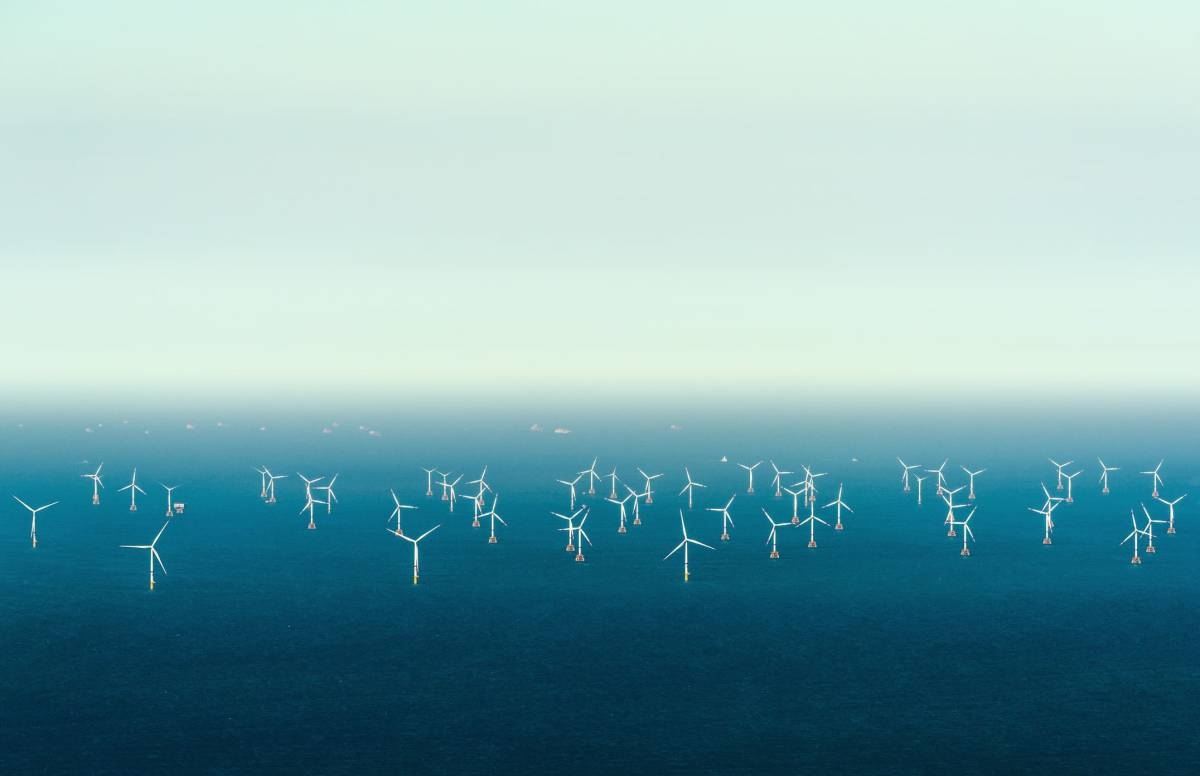IN a groundbreaking development for renewable energy in the Philippines, three offshore wind power
projects with a total target capacity of 1,650 megawatts (MW) have reached a significant development
milestone.
These projects have been awarded their Certificates of Confirmation of Commerciality (CoCoC) by the
Department of Energy (DoE), marking a pivotal step towards a greener future.
Wind turbines in the North Sea, off the coast of the Netherlands. PHOTO BY MISCHAKEIJSER
The project consortium — consisting of local developer Triconti Windkraft Group (Triconti),
Liechtenstein-based offshore wind specialist Sea Wind Holdings (Seawind) and Swiss renewable energy
group Stream Invest Holding (Stream) — are ready to include these projects in the country’s first Green
Energy Auction for Offshore Wind, targeted for 2025 by the DoE.
With this government approval, they underscore their commitment to setting the pace for offshore
wind development in the Philippines.
Leading the charge is the 450 MW Frontera Bay Wind Power Project, located off the coasts of Cavite and
Bataan.
Joining this ambitious venture are the 1,200 MW Guimaras Strait Project I and II, set between
the shores of Panay and Negros Occidental.
These projects will be developed in two phases of 600 MW each. Located strategically near the high
demand centers of their respective grids, these projects promise a substantial boost to the nation’s
renewable energy capacity.
These three projects — all using fixed-bottom foundations — are trailblazers in the Philippines’ offshore
wind energy sector.
They were the first batch to secure Offshore Wind Energy Service Contracts, awarded between 2020 and
2021, and are now also the first projects in the young Philippine Offshore Wind Industry to successfully
complete the pre-development phase and to receive the CoCoC from DoE.
With the CoCoC in hand, these projects move from the preliminary feasibility studies to the 20 year
operating stage of the wind energy service contract, which includes the detailed planning, construction
and production phase of the project life cycle.
“It has been a long journey to reach this developmental milestone, but the hard work continues as we
aim to implement these strategic energy investments as soon as realistically possible,” said Triconti
Director Theo Sunico.
“We thank the DoE and the [Board of Investments] for their much-valued guidance and cooperation.
Their commitment to support the country’s emergent offshore wind industry, through a whole-of-
government approach, has created a conducive ecosystem for investment and development of the
offshore wind industry as a whole,” he underscored.
Sascha Lindemann, managing director of Seawind, added: “The projects of Triconti, Sea Wind and
Stream will enhance the Philippines’ energy independence and green capacity while also providing
valuable training and development opportunities, promoting the growth of local businesses and creating
up to 2,700 jobs throughout various phases of implementation.”
According to the Philippine Development Plan, the country aims to achieve a clean energy generation
target of 15.3 gigawatts (GW) by 2030, with expectations that 3 to 6 GW will come from offshore wind.
The Philippine government’s focus on addressing issues facing the offshore wind industry is intended to
send a strong and concrete signal to global offshore wind industry investors and supply chain
companies, presenting the Philippines as an upcoming Southeast Asian offshore wind destination.

